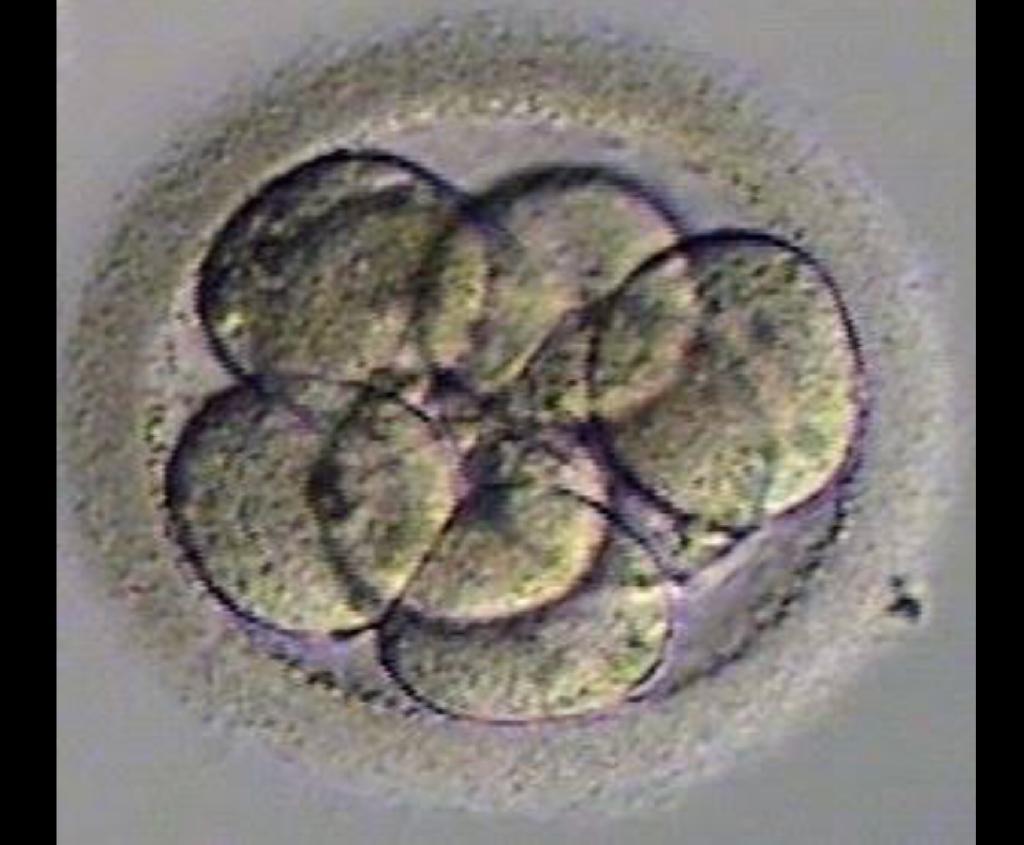Identical to egg freezing, the first step in embryo preservation is to extract mature eggs from the ovaries. The eggs are then fertilized following retrieval, either by mixing all eggs with sperm in a culture dish or inserting an individual sperm into the egg instead of immediately freezing the eggs.

Over the next five or six days, the eggs develop into embryos. When the eggs become embryos, they may either be placed in the uterus for implantation or frozen using the embryo freezing procedure. The possibility of an embryo surviving the de-thaw procedure is greater for embryos frozen using vitrification, which includes quickly freezing the embryo at sub-zero temperatures.
Your embryos should remain in good condition and indefinitely usable if preserved appropriately.
Studies have revealed that storage duration has no appreciable impact on the survival of frozen embryos upon thawing.
Additionally, neither pregnancy, implantation, miscarriage, nor live birth rates were significantly impacted by the length of storage.
In most cases, we can thaw ninety percent of the embryos successfully. When it comes to increasing the likelihood of a woman becoming pregnant, frozen embryos have a better track record than fresh embryos.
However, it is necessary to talk with an egg-freezing doctor about what is best for your situation to determine whether or not a fresh embryo transfer is preferable to the extra expense and time required for a frozen embryo transfer.
Keeping embryos for future use is the primary goal of freezing them. The biggest challenge is water present inside the cells. This water may freeze and rupture cells.
The doctor employs a technique called cryopreservation to stop this from occurring. It entails adding a chemical called a cryoprotectant to the cell in place of the water.
The embryos are then frozen after being incubated in cryoprotectant at escalating concentrations.
The specialist cools down the embryo to its preserving condition after removing most of the water. Next, they employ one of the freezing techniques:
This entails sealing the tubes with the cryoprotected embryos inside, then gradually reducing the temperature of the tubes, then storing them in a liquid nitrogen tank. It lessens the chance of damage and delays cell aging in the embryo. Slow freezing, however, takes a lot of time and costly equipment.
The procedure involves rapidly freezing the cryoprotected embryos so that the water particles do not have time to crystallize and immediately storing them in a liquid nitrogen tank. The embryos are better protected and have a higher survival probability after thawing.
The specialist keeps the embryos in liquid nitrogen once the freezing procedure is finished.
It's possible that freezing embryos is the best choice for some demographics, including but not limited to: